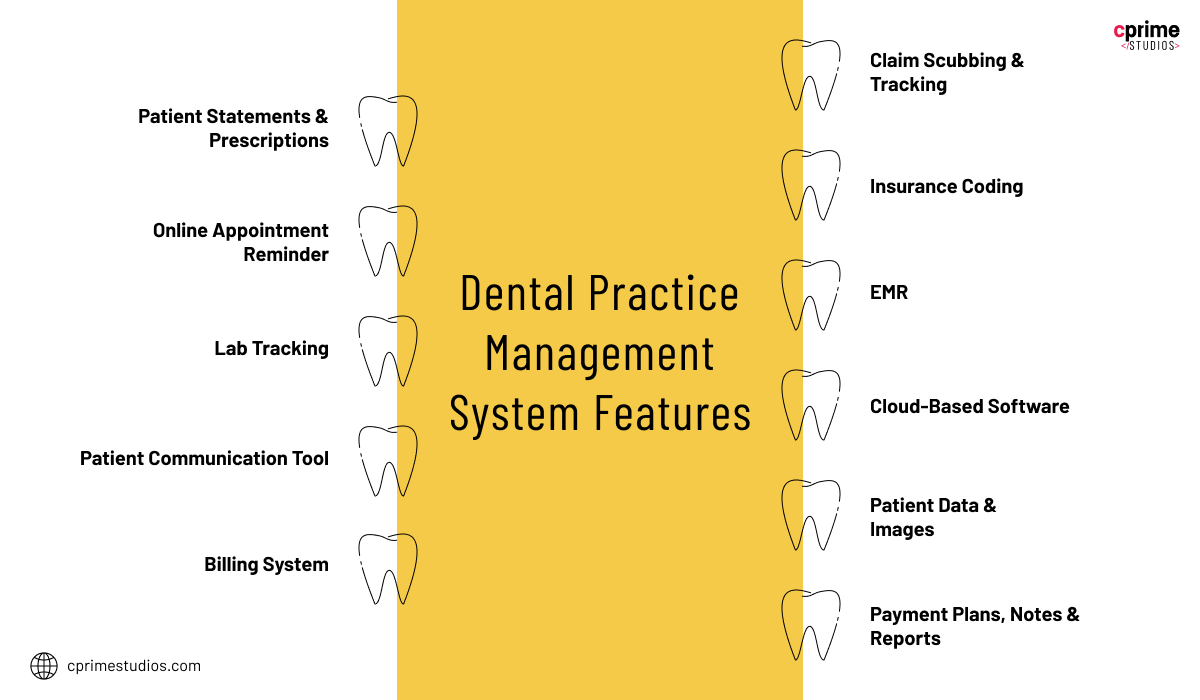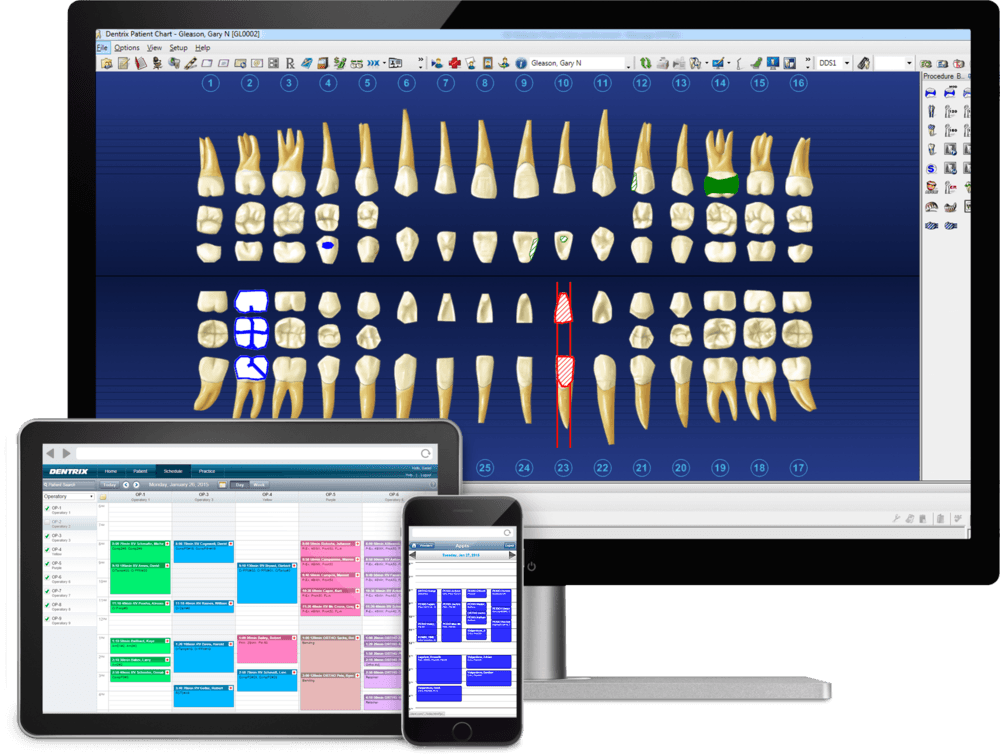Featured
Table of Contents
- – Turn Your Dental Software Into A Marketing Mac...
- – How To Automate Scheduling, Billing, And Commu...
- – How To Automate Scheduling, Billing, And Comm...
- – 5 Dental Scheduling Tips That Will Cut No-sho...
- – What Is Dental Practice Management Software ...
- – Smart Practices Use Dental Answering Service...
Operating a modern dental clinic takes more than just clinical skill. High-performing dental offices rely on modern digital tools that automate day-to-day operations. Here’s a deep dive into the tools, systems, and strategies that keep clinics efficient — from practice management software to marketing and call handling solutions.
Not long ago, many dental offices used outdated desktop systems to handle records and reminders. It used to be manageable, but modern practices now deal with far more complexity. Regulatory requirements now demand digital precision. This is why practice management software is now non-negotiable.
Turn Your Dental Software Into A Marketing Machine
Dental practice management software are the backbone of any clinic. They bring together scheduling, charting, billing, and reporting into a centralized interface. Instead of juggling multiple systems, staff can view appointments, treatment plans, and payments all in one place. The impact is happier patients and more consistent cash flow.
The difference between leading platforms and basic tools comes down to integration and reporting. Consider this scenario, when patient reminders link to scheduling analytics, you cut down admin time dramatically. Analytic tools inside most modern PPMs help you manage staff utilization in real time. Having these insights gives managers control again.
Selecting software that fits your clinic depends on practice type and growth stage. Dentrix is an industry standard with deep functionality for reporting, imaging, and billing. Eaglesoft software is strong in radiography integration. Open Dental is popular for transparency and lower cost. The cloud-based system Curve Dental is ideal for practices that want access anywhere. Each has strengths and quirks. Start with a demo before committing and have staff test common scenarios. Staff comfort matters as much as features.
Training and onboarding are underestimated when new tools are introduced. A powerful software suite is useless if the team knows how to use it effectively. It helps to appoint an internal champion who bridges the gap between admin and IT. Build weekly check-ins to keep accountability high. Small incremental coaching builds culture around technology use.
How To Automate Scheduling, Billing, And Communication In Your Dental Practice
Scheduling software has evolved dramatically. Automation now fill cancellations automatically with built-in patient communication. Current tools offer waitlist management and resource allocation. Optimized calendars increase provider productivity. Forward-thinking clinics enable web booking, letting patients self-book appointments. This approach is less phone time for reception.
One overlooked advantage of advanced scheduling tools comes from analytics. You can measure peak hours, cancellation rates, and rebooking patterns. This data let you optimize clinic hours. Say you notice certain hygienists have repeat reschedules, it gives you control, not guesswork.
Financial management inside dental practices determine long-term profitability. Handling claims by hand costs valuable hours. Automated claim submission shorten payment cycles. Modern tools check coverage before treatment, meaning better financial transparency. Digital billing portals reduce accounts receivable aging. Running weekly revenue reports helps you make data-driven decisions.
How To Automate Scheduling, Billing, And Communication In Your Dental Practice
Many growing dental offices connect accounting and banking software. You get a holistic view of finances. With proper tagging, reports update daily. You’ll identify which services drive repeat visits. Such data integration gives owners peace of mind.
Marketing is where practice management meets growth. Organic word-of-mouth isn’t enough. Smart ad campaigns bring in high-value cases. Claim and enhance your Google listing, upload team photos, and build localized mini-sites. Patient-friendly content on common treatments or dental tips improve rankings and authority.
Automated follow-up workflows are becoming essential. Tools integrated with your practice software help bring back dormant patients automatically. Messages can include birthday offers or seasonal promos. This personal touch keeps your chairs booked months ahead.
5 Dental Scheduling Tips That Will Cut No-shows In Half
PPC and remarketing amplify reach fast. Run local campaigns for keywords like “emergency dentist open now”. Retarget past website visitors. Promote seasonal specials to turn browsers into bookings.
A powerful but overlooked efficiency upgrade is the professional call handling partner. No matter how advanced your PPM, a ringing phone can cost you revenue. Dental answering services ensure every inquiry is captured. They integrate with most PPM systems. It’s crucial for urgent weekend inquiries. Practices that add phone coverage grow new patient intake by double digits. Internally linking your marketing content about answering services and patient communication creates smooth navigation between topics.

After integrating operations and marketing, you start seeing real leverage. Integrated systems cut manual tasks, while consistent communication builds loyalty. In practical terms, this means fewer no-shows, faster payments, and happier patients.
What Is Dental Practice Management Software (And Why It Matters In 2025)?
Here’s the playbook most modern clinics follow:Select your main PPM. Test it thoroughly before full rollout.2. Automate communication. SMS reminders, reactivation sequences, and review requests keep your chairs filled.Digitize finance. Adopt e-invoicing and dashboards.Create ongoing content campaigns. Drive authority and conversions together.Iterate quarterly. Reports on calls and lead sources show where to focus next.Keep evolving your systems. Patient expectations will rise, so build a culture that embraces adaptation.
The modern dental practice thrives on integration, not improvisation. Once your digital stack and human team are in sync, you create a truly modern practice.
Smart Practices Use Dental Answering Services For Patient Scheduling

Learn more about improving call handling and workflow automation here.
Table of Contents
- – Turn Your Dental Software Into A Marketing Mac...
- – How To Automate Scheduling, Billing, And Commu...
- – How To Automate Scheduling, Billing, And Comm...
- – 5 Dental Scheduling Tips That Will Cut No-sho...
- – What Is Dental Practice Management Software ...
- – Smart Practices Use Dental Answering Service...
Latest Posts
Billing Systems Every Dental Practice Should Be Using In 2025
Latest Posts
Billing Systems Every Dental Practice Should Be Using In 2025